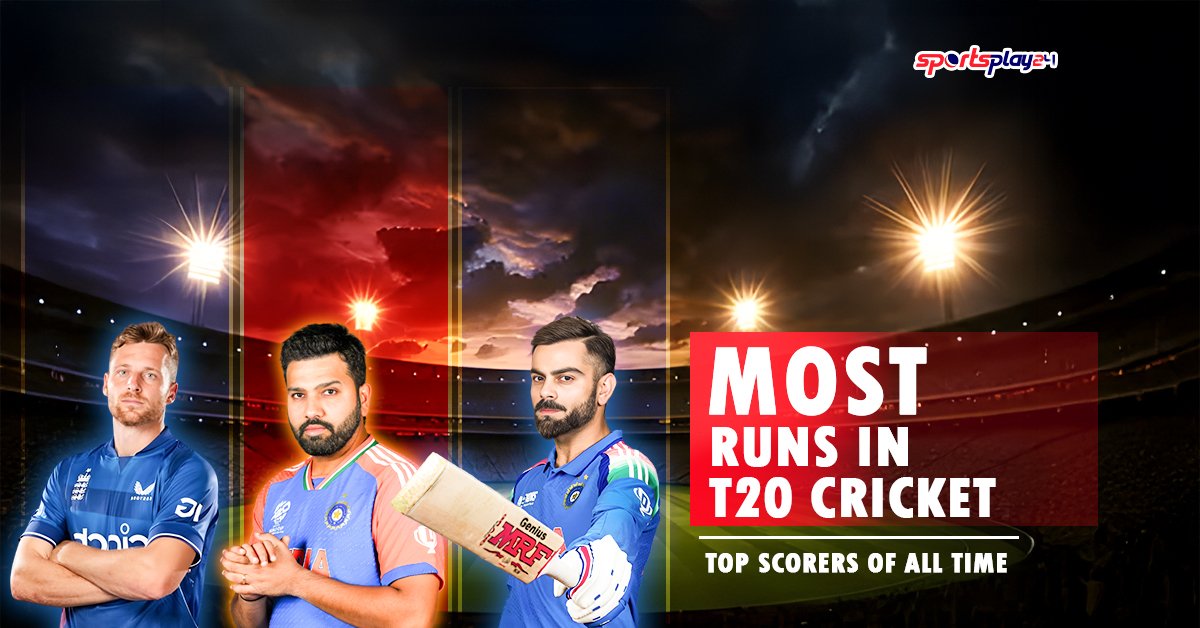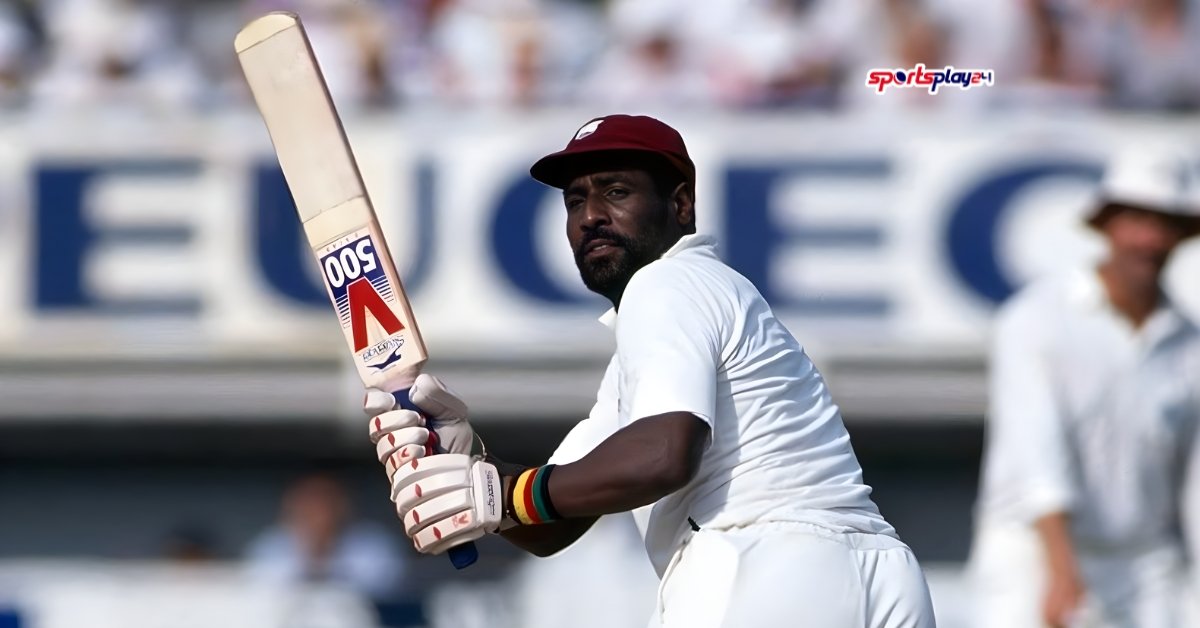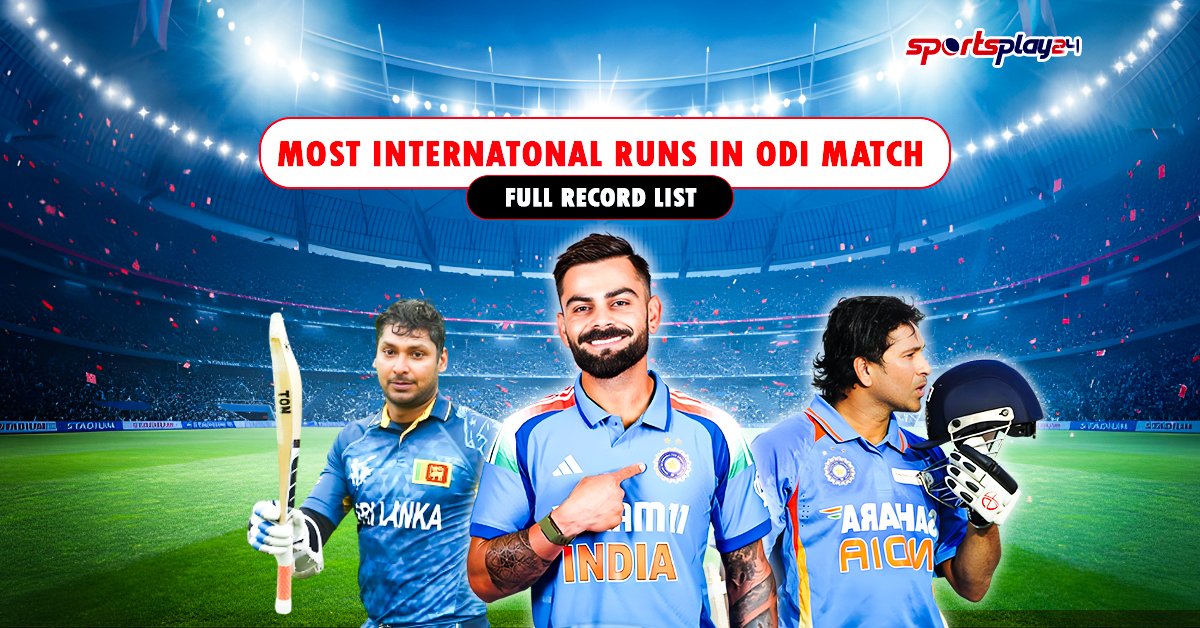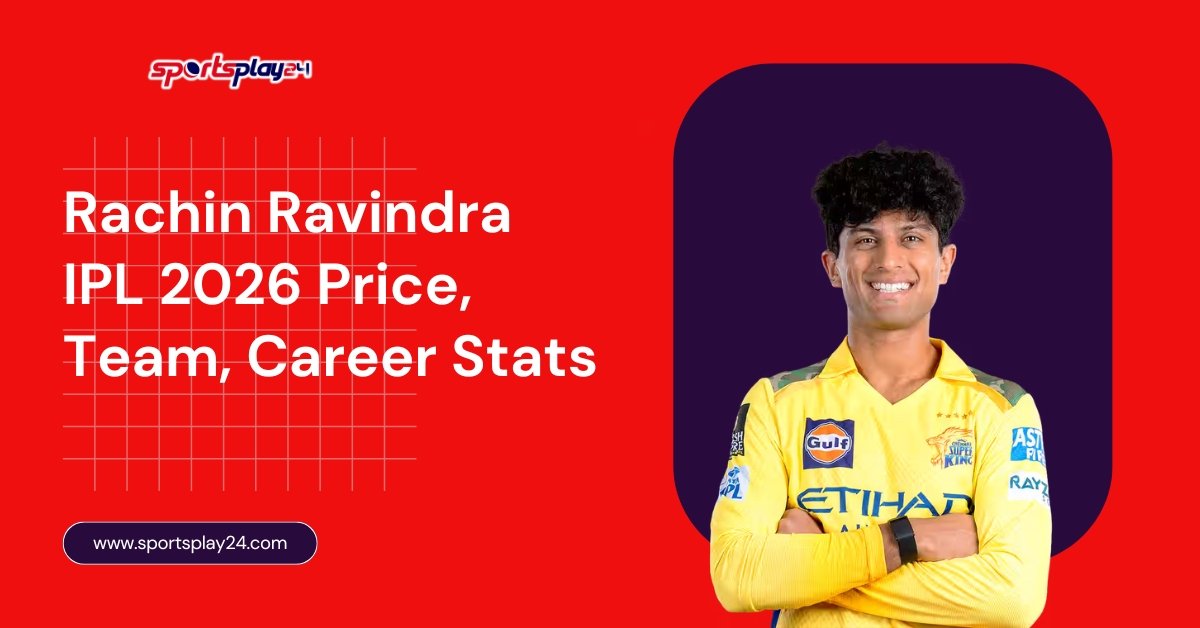Cricket is a popular bat-and-ball sport played between two teams, each aiming to score runs and dismiss opponents. Understanding its formats is essential to appreciating the game’s diversity and global appeal. Here’s a brief overview:
- Test Cricket
- The longest format, played over five days.
- Emphasizes endurance, strategy, and skill.
- Each team bats twice, aiming for the highest aggregate score.
- One Day Internationals (ODIs)
- Limited-overs format with 50 overs per side.
- Faster pace than Tests, blending strategy and aggression.
- Popular in international tournaments like the Cricket World Cup.
- Twenty20 (T20) Cricket
- The shortest official format, 20 overs per side.
- High-energy, explosive gameplay encourages big hitting.
- Gained immense popularity for its entertainment value.
- Other Formats
- Includes domestic leagues and franchise tournaments.
- Often adapt rules for shorter, spectator-friendly matches.
Table of Contents
ToggleOverview of Different Types of Cricket Matches
Cricket features several match types, each with distinct rules and durations that cater to varied playing styles and audiences.
Test Matches are the longest format, spanning up to five days, where teams play two innings each. It tests players’ stamina, technique, and patience.
One Day Internationals (ODIs) limit each team to 50 overs, combining strategic play with faster scoring. ODIs are prominent in global tournaments like the Cricket World Cup.
Twenty20 (T20) matches are the shortest official format, with 20 overs per side. T20 cricket emphasizes aggressive batting and quick results, making it highly popular for entertainment.
Besides international formats, there are domestic and franchise leagues that often use T20 or other modified rules to attract fans. These formats provide variety and ensure cricket appeals to both traditionalists and new audiences worldwide.
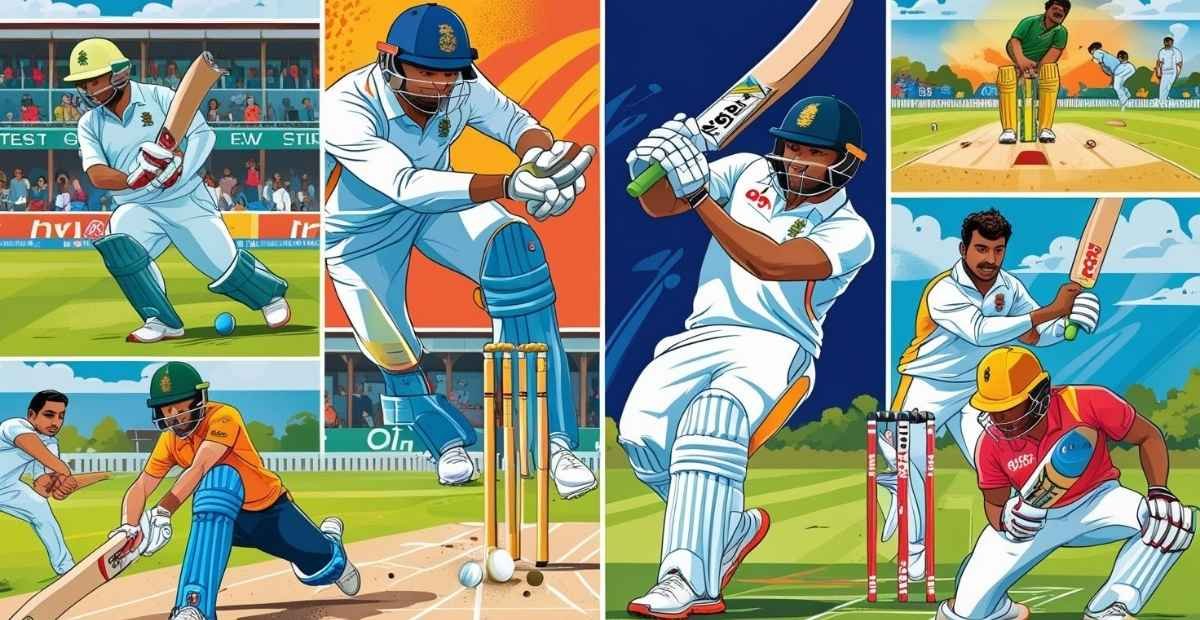
How Long Is a Standard One-Day International (ODI) Game?
A standard One-Day International (ODI) cricket match is designed to be completed within a single day. Each team is allotted 50 overs to bat, with each over consisting of six legal deliveries.
The match typically lasts about 7 to 8 hours, including a scheduled break between the innings, usually lasting 30 to 45 minutes.
The first team bats for 50 overs or until all wickets fall, setting a target score. The second team then attempts to chase that target within their 50 overs.
If the chasing team surpasses the target before all overs are completed, they win. If the team batting second fails to reach the target, the first team wins.
ODI matches balance the strategic depth of longer games with the faster pace of limited overs, making them engaging for both players and spectators. The one-day format has become popular worldwide due to its concise yet competitive nature.
The Duration of a Test Match Explained
Test cricket is the longest format of the game, with a duration designed to thoroughly test the skills and endurance of players. Here’s a clear breakdown of its duration:
- Length: A Test match is played over five consecutive days.
- Daily Play: Each day typically consists of six hours of play, divided into three sessions (morning, afternoon, and evening) with breaks for lunch and tea.
- Overs: There is no fixed number of overs per day, but teams usually aim to bowl around 90 overs daily.
- Innings: Each team bats twice (two innings per side), with the match ending when both teams complete their innings or one side secures an outright win.
- Draw Possibility: If neither team wins after five days, the match can end in a draw, reflecting cricket’s unique and strategic nature.
Understanding T20 Matches and Their Timings
Twenty20 (T20) cricket is the shortest and most fast-paced official format of the game. Here’s an overview of T20 matches and their typical timings:
- Match Length: Each team plays 20 overs, making the total innings shorter than other formats.
- Duration: A T20 match usually lasts about 3 to 3.5 hours, including a brief interval between innings.
- Session Breakdown: The game is divided into two innings of around 90 minutes each, with a 10–15-minute break in between.
- Pace of Play: The shorter format encourages aggressive batting, quick scoring, and more dynamic gameplay.
- Audience Appeal: Its compact timing and high-energy action make T20 cricket highly popular among fans worldwide.
- Match Conclusion: The winner is the team with the highest runs after both innings, often resulting in thrilling finishes.
Factors Affecting the Duration of a Cricket Game
The length of a cricket game can vary depending on several key factors:
- Format of the Game: Test matches last up to five days, ODIs about 7–8 hours, and T20s roughly 3–3.5 hours.
- Number of Overs: Limited-overs matches have fixed overs (20 or 50 per side), while Tests have no over limits, affecting total time.
- Weather Conditions: Rain delays or bad light can pause or shorten play, extending or reducing match duration.
- Pace of Play: Faster bowling and efficient fielding speed up the game, while frequent breaks and slow over rates lengthen it.
- Innings Duration: Early wickets or quick run chases can shorten innings; long batting innings extend game time.
- Intermissions and Breaks: Scheduled breaks (lunch, tea, innings interval) add to total duration.
The Role of Rain Delays and Other Interruptions in Cricket
Rain delays and other interruptions play a significant role in the flow and outcome of cricket matches. These unexpected breaks can impact players’ momentum, match duration, and even the final result. Here’s a detailed look at their effects:
- Disruption of Player Rhythm
- Sudden rain delays halt the game, forcing players to pause their concentration and physical readiness.
- Batsmen and bowlers may find it challenging to regain form after extended breaks.
- Impact on Match Duration
- Rain or bad weather can shorten or postpone play, sometimes leading to reduced overs in limited-overs games.
- In Test matches, extended interruptions can affect the time available, increasing the chance of draws.
- Use of the Duckworth-Lewis-Stern (DLS) Method
- In limited-overs formats, the DLS method adjusts targets and overs when weather reduces playing time.
- This mathematical formula ensures a fair outcome despite interruptions.
- Tactical Changes
- Teams may alter strategies based on lost time, such as accelerating scoring or changing bowling plans.
- Captains and coaches must adapt quickly to new match conditions.
- Player Safety and Field Conditions
- Matches pause to protect players from unsafe playing surfaces or poor visibility.
- Resuming play only occurs once conditions meet safety standards.
Average Length of Cricket Games by Format
Cricket matches vary significantly in duration depending on the format being played. Each format offers a different experience in terms of game length, pace, and strategic depth. Here is a detailed overview of the average length of cricket games across the main formats:
- Test Matches
- Test cricket is the longest format, played over five consecutive days.
- Each day consists of approximately six hours of play, divided into three sessions with breaks for lunch and tea.
- This results in about 30 hours of cricket, testing player endurance and skill.
- One Day Internationals (ODIs)
- ODIs are limited-overs matches with 50 overs per side.
- A typical ODI lasts between 7 to 8 hours, including a 30 to 45-minute innings break.
- The pace is faster than Tests but allows for strategic innings building.
- Twenty20 (T20) Matches
- T20 cricket is the shortest official international format with 20 overs per side.
- Matches last approximately 3 to 3.5 hours, with two innings of about 90 minutes each and a short break.
- This format is designed for high energy and entertainment.
- Domestic and Franchise Leagues
- These often adopt T20 or slightly shorter formats for better viewer engagement.
- Match lengths typically mirror T20 durations or can be adapted with even faster-paced rules.
Comparing Cricket Game Durations with Other Sports
Cricket is unique in its variety of formats, each differing significantly in length compared to other popular sports. Understanding these differences provides perspective on how cricket fits within the broader sports landscape.
- Test Cricket vs. Other Sports
- Test matches last up to five days, with around 30 hours of total playtime.
- This duration far exceeds most sports, such as soccer (90 minutes) or basketball (48 minutes).
- The extended format allows for deep strategic play and fluctuating momentum.
- One Day Internationals (ODIs) vs. Soccer and Baseball
- ODIs last about 7-8 hours, similar to a baseball game with extra innings.
- Soccer matches are significantly shorter, generally lasting 90 minutes plus stoppage time.
- ODIs blend endurance and fast-paced action, bridging the gap between long and short sports formats.
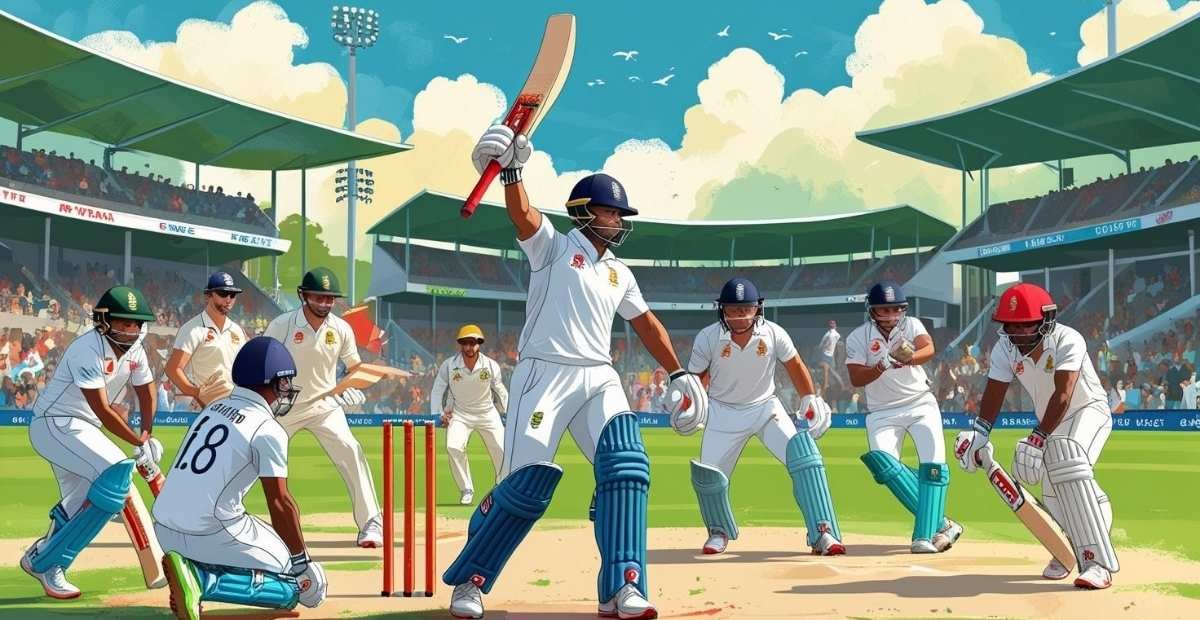
- Twenty20 (T20) vs. Basketball and Tennis
- T20 games last roughly 3 to 3.5 hours, comparable to a basketball game or a tennis match.
- The short duration and intense gameplay make T20 highly accessible and spectator-friendly.
- Impact on Viewership and Participation
- Longer cricket formats attract traditional fans who appreciate strategic depth.
- Shorter formats like T20 appeal to newer audiences seeking fast, entertaining sports experiences.
- Compared to other sports, cricket’s multiple formats offer diverse viewing options catering to varied preferences.
Conclusion
Cricket’s appeal lies not only in its rich history and strategic complexity but also in the diversity of its game lengths. From the endurance-testing five-day Test matches to the fast-paced excitement of T20 games, cricket offers formats that cater to different types of players and fans alike. This variety allows the sport to maintain traditional values while adapting to modern audiences’ preferences for shorter, more dynamic entertainment.

SportsPlay24 is powered by a passionate team of sports lovers who live and breathe the game. From Cricket to the NFL, our experts speak with one unified voice — driven by research, sharp insights, and an unshakeable love for sports. We go beyond headlines to bring you verified facts, intelligent analysis, and bold opinions that keep every fan ahead.



